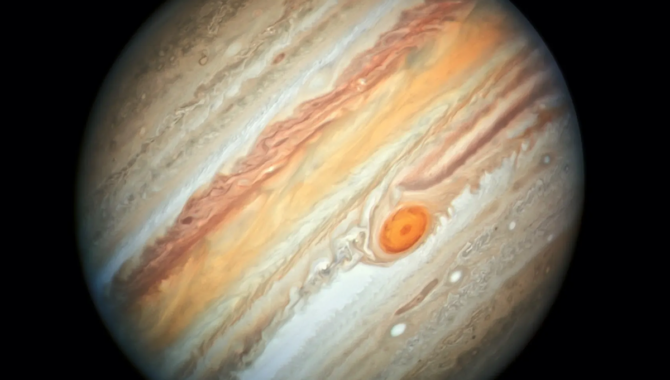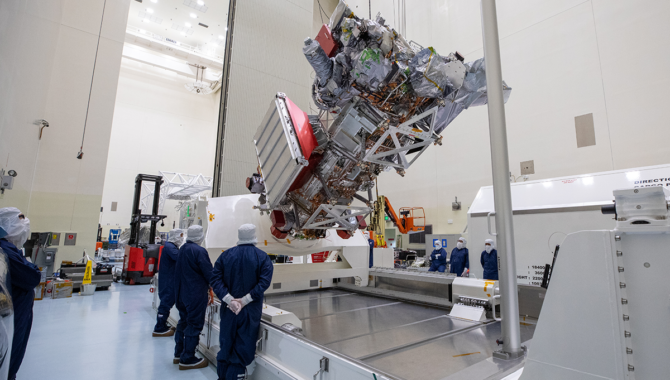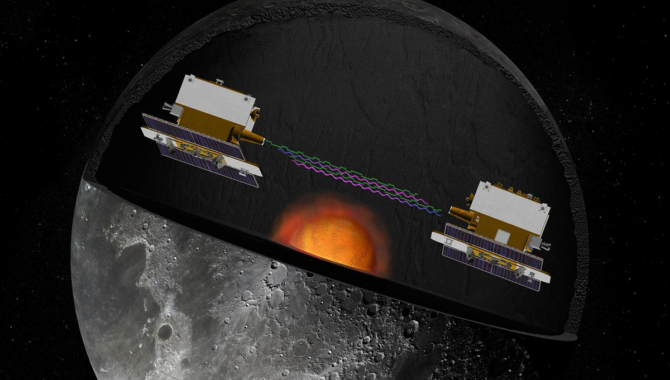
Focus on the Galilean Moons in the 2030s
Read More
New spacecraft to gather data on complex Jovian system and three icy moons that could contain vast oceans.

New spacecraft to gather data on complex Jovian system and three icy moons that could contain vast oceans.

By examining Jupiter’s icy ocean moon, scientists hope to determine if conditions are right to support life.

Twin spacecraft reveal the Moon’s complex interior and history.